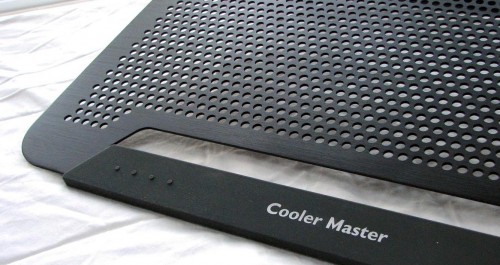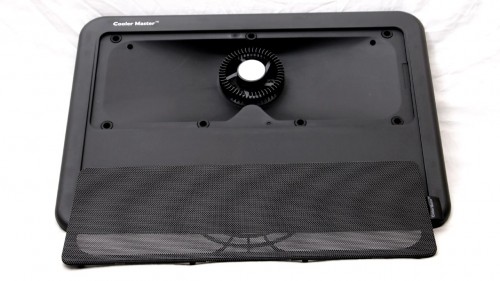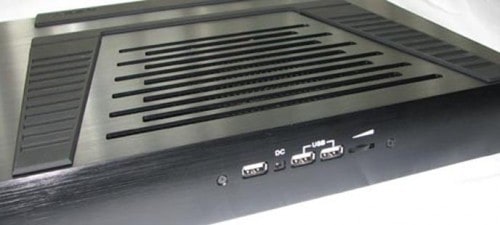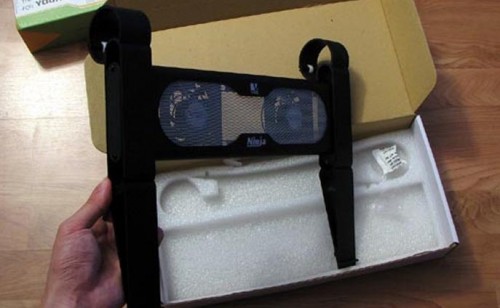
Many people are either moving away from their desktop PCs and embracing the mobile lifestyle with a suitable notebook PC or they are supplementing their desktops with a laptop. In either case, it’s important to invest in a proper notebook cooler. This can keep the temperature down and the performance up on today’s high performance machines.
You might remember the perfect notebook cooler guide that I wrote some time back, but that was a wish list directed at the companies who make these things. Now, I’m following up on that list from the buyer’s perspective: how can you find the right notebook cooling pad?
Where Are You Going to Use It?

Before going out to find a good notebook cooler, you need to ask this very important question. There is a very distinct difference between buying a notebook cooling stand that you put on top of a desk and a notebook cooling pad that you would put on your lap. The point of a lapdesk is mostly to keep your lap cool, whereas a cooling stand focuses more on cooling the notebook.
And then, every once in a while, you come across products like the Cooler Master NotePal LapAir that I reviewed recently. It can function both as a lapdesk and as a cooling stand on a table, but you really need to figure out what goal you’re trying to accomplish before you set out to buy something.
Does It Need to Be Portable?

And this lends itself to the next related question. After you’ve figured out whether you want a notebook cooling stand for use on a table or a notebook cooling pad for use on your thighs, you need to decide if portability is a big issue for you.
A larger product like the NZXT Cryo S is probably going to be a tight squeeze into your laptop bag, whereas a smaller offering like the Zalman ZM-NC1500 Mini is probably an easier fit. The Arctic NC is an even easier fit, but it’s not particularly useful on your lap.
Some of the most effective notebook coolers also happen to be the least portable, so it can really become a tradeoff. Where are your priorities?
Choice of Materials and Finishes

Personally, I’m partial to aluminium. It’s naturally cool to the touch, which in turn can’t hurt when it comes to keeping your notebook cool too. However, aluminium can be expensive to work with (and thus resulting in pricier notebook cooling stands) and, depending on the design, it could scratch your notebook’s surface. It also may not be as good for lapdesk configurations.
And so, you have to ask what kind of materials are best for your purposes. Rubberized grips and edges are always nice, but “soft” plastic finishes can be quite good too. There are many different notebook coolers out there that use cheaper and thinner plastic, resulting in less than stellar build quality. It’s worth the extra money to get something with better materials.

